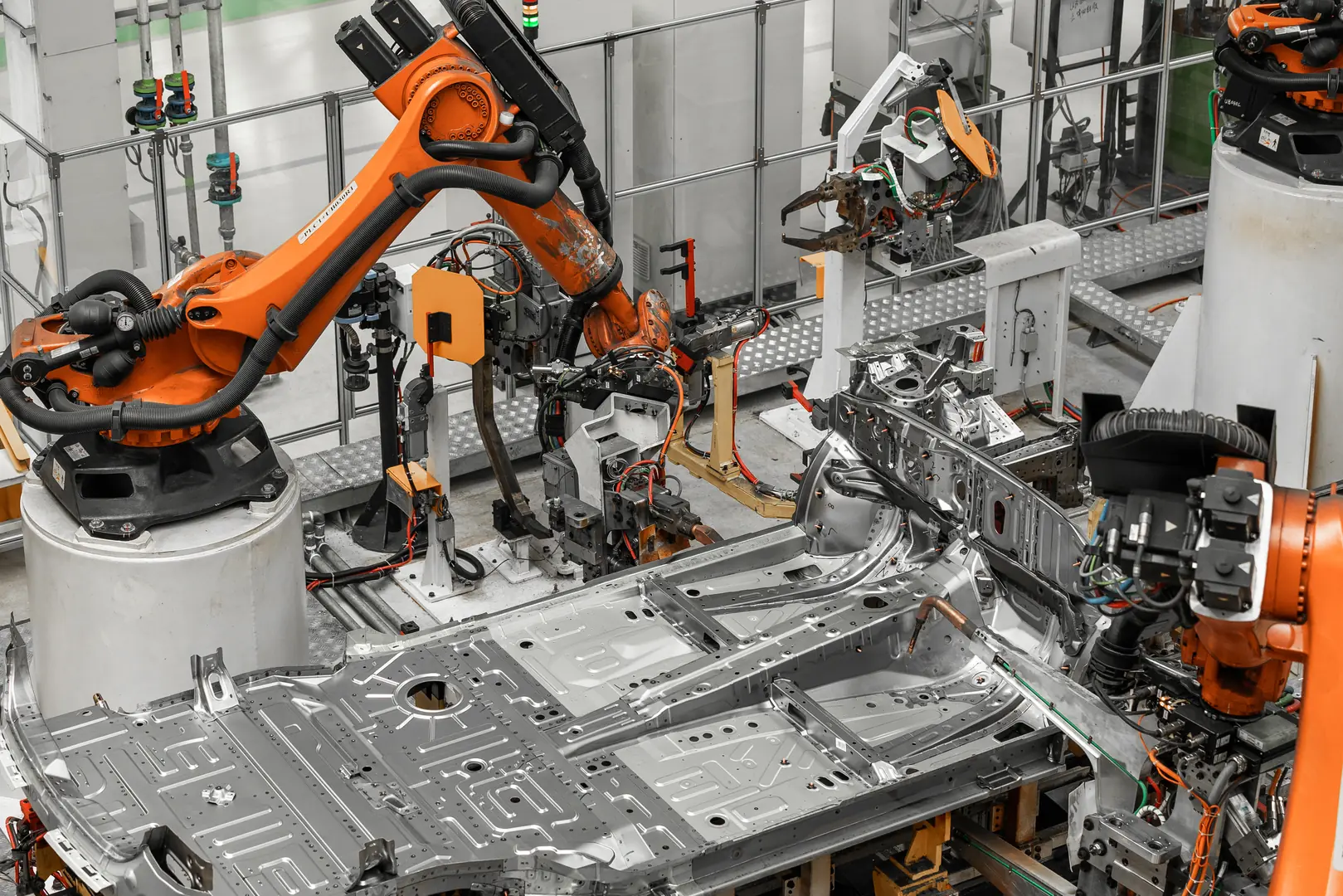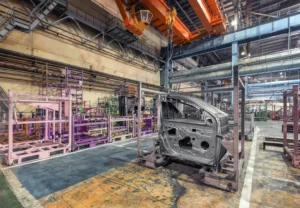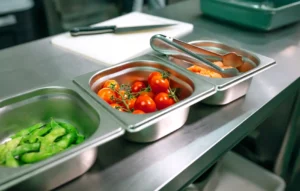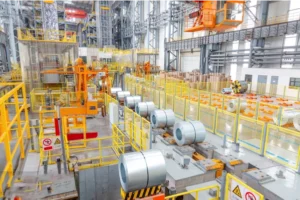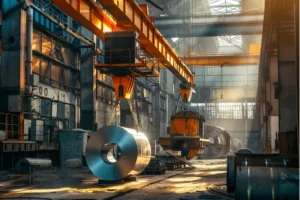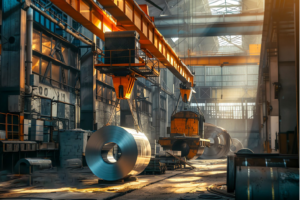Sourcing 316 Stainless Steel Coil: Quality vs. Cost Analysis
Sourcing 316 stainless steel is a constant balancing act. A wrong choice can lead to project failure. I'll show you how to secure both quality and value.
Balancing quality and cost for 316 stainless steel coil requires a strategic approach. It involves understanding key material attributes, analyzing market price drivers, and vetting suppliers to ensure the material’s long-term performance justifies its initial cost, avoiding the pitfalls of cheap alternatives.
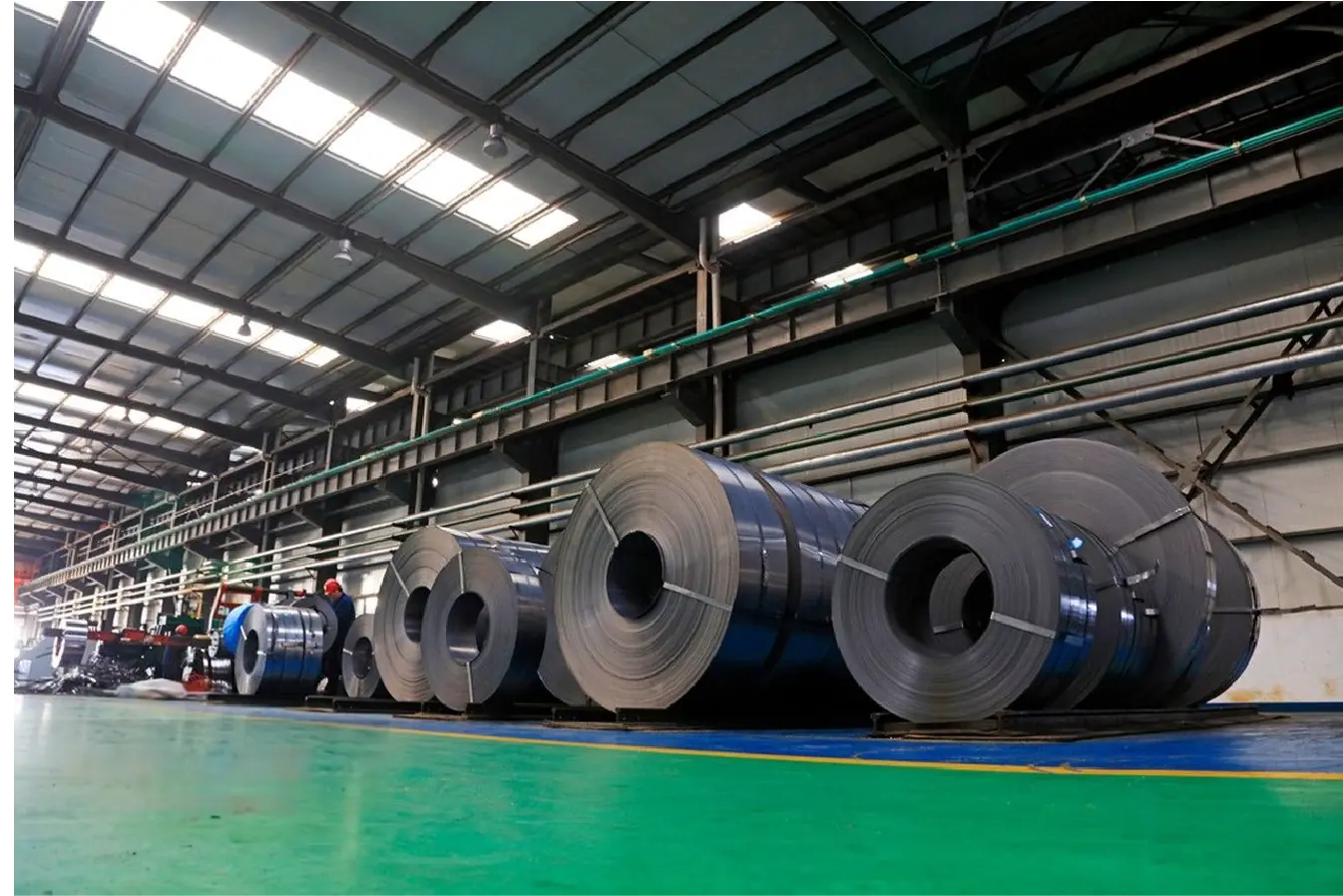
Let's break down this complex challenge. As the Global Business Director at MFY, I've guided countless partners through this process. It’s a dilemma I see daily: the pressure to reduce costs clashing with the absolute need for high-performance materials. Together, we will explore the critical factors that empower you to make informed, profitable procurement decisions, moving beyond simple price tags to understand true, long-term value.
What Are the Key Quality Attributes of 316 Stainless Steel Coil?
Not all 316 steel is the same. Low-quality material can corrode, ruining your project. Knowing the key chemical markers of quality protects your investment and your reputation.
The primary quality attributes of 316 stainless steel coil are its chemical composition, particularly the minimum percentages of Molybdenum (Mo), Nickel (Ni), and Chromium (Cr). These elements ensure superior corrosion resistance, especially in chloride-rich environments, and define its mechanical properties.

When we dive deeper, the conversation about quality always comes down to the chemistry. Grade 316 is an austenitic stainless steel, but its defining feature—what makes it superior to 304 for marine, chemical, and medical applications—is the addition of molybdenum. This single element dramatically enhances its resistance to pitting and crevice corrosion caused by chlorides. However, the market is filled with material labeled "316" that barely meets the minimum standards, or worse, doesn't meet them at all. This is where a deep understanding of the specifications becomes your best defense. A proper Mill Test Certificate (MTC)[^1] is non-negotiable, and you must know what to look for.
The Non-Negotiable Chemical Composition
At MFY, we scrutinize the MTC for every coil that enters our supply chain. The percentages of key alloying elements are not just numbers; they are a promise of performance. A lower-cost coil might achieve its savings by skimping on expensive elements like nickel or molybdenum. While it might still be sold as "316," its performance in a corrosive environment will be severely compromised. This is a critical insight for any buyer: cost-saving measures in the production of steel often begin with reducing the content of these vital, but expensive, micro-alloying elements.
| Element | ASTM A240 Standard (316) | Common "Sub-Standard" Range | Impact of Deficiency |
|---|---|---|---|
| Molybdenum (Mo) | 2.00% - 3.00% | < 2.00% | Drastically reduced pitting corrosion resistance |
| Nickel (Ni) | 10.0% - 14.0% | < 10.0% | Reduced toughness and formability |
| Chromium (Cr) | 16.0% - 18.0% | < 16.0% | Compromised general corrosion resistance |
Understanding this table is the first step in moving from a price-focused buyer to a quality-focused partner.
How Does the Cost of 316 Stainless Steel Coil Vary in the Market?
Prices for 316 coil seem to be all over the map. This volatility makes budgeting difficult. Understanding the different price tiers helps you identify true value.
The cost of 316 stainless steel coil varies significantly based on the mill's origin, brand reputation, and whether the material is prime or secondary. Prime material from top-tier mills commands a premium, while secondary or uncertified coils offer lower prices with higher risks.
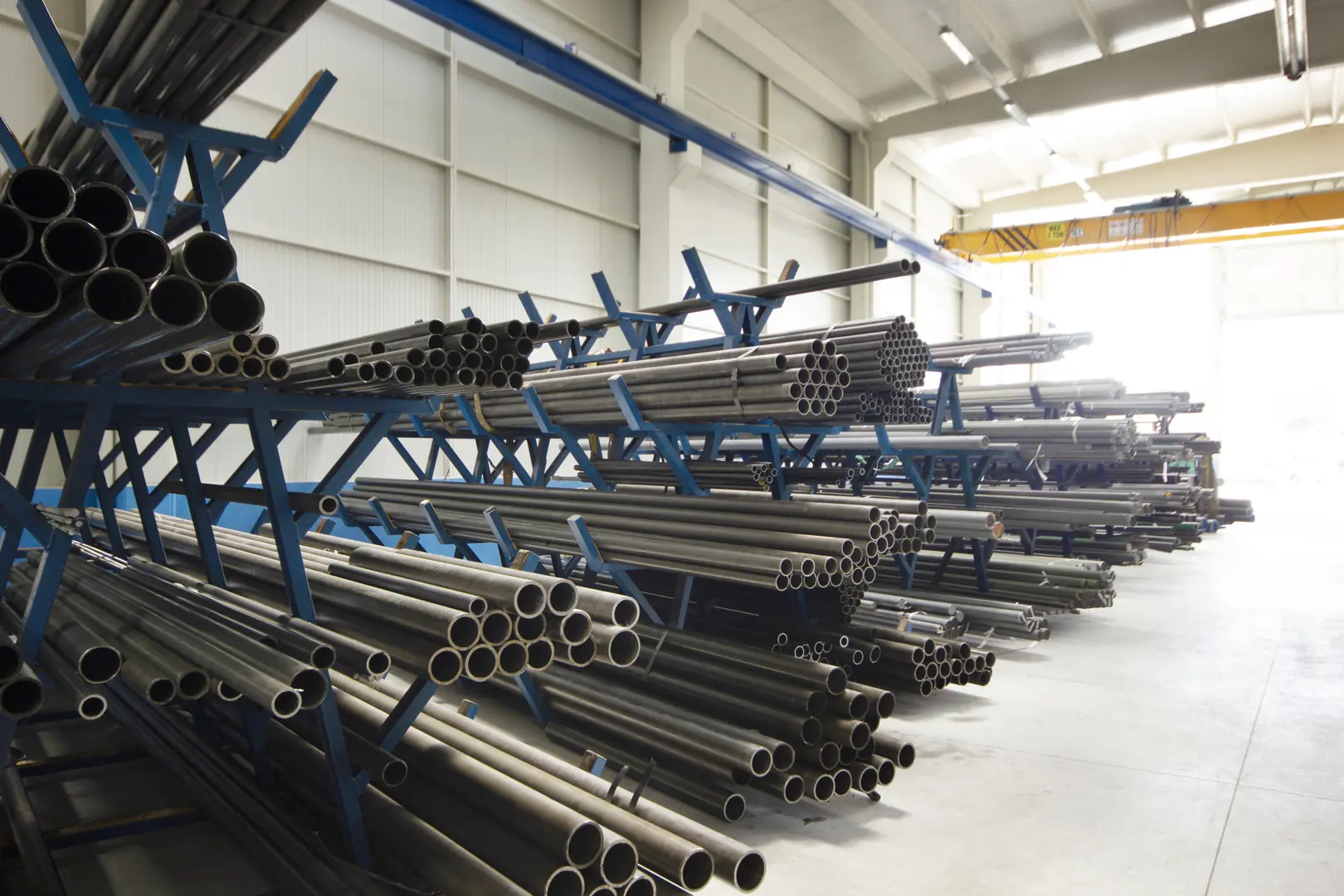
In my role, I see the full spectrum of pricing for 316 stainless steel every day. It's not a single, monolithic market; it's a layered ecosystem with distinct tiers of quality and cost. At the top, you have prime material from renowned mills in Japan or Western Europe. This steel comes with a legacy of quality and a significant price premium. It's often specified for the most critical applications where failure is not an option. In the middle, you have prime material from major, certified mills in countries like China. Companies like MFY work within this tier, leveraging integrated supply chains and advanced production to offer steel that meets all international standards (like ASTM, EN) but at a more competitive price point. This is the sweet spot for many industrial and construction projects where quality and budget must coexist.
The Dangers of the Low-Cost Tier
Then there is the bottom tier: secondary, excess, or uncertified material. The prices here can be incredibly tempting, often significantly lower than prime material. However, this is where the greatest risks lie. This material may be "secondary" because it failed to meet the prime quality specifications, has surface defects, or lacks proper documentation and traceability. Buying from this tier is a gamble. You might get a usable coil, or you might get material with inconsistent chemical composition, poor mechanical properties, and a high likelihood of premature failure. The initial savings are quickly erased by the costs of rework, project delays, and potential liability. Navigating these tiers requires more than just a request for a quote; it requires a trusted partner who can verify the material's origin and guarantee its quality.
What Are the Major Factors Influencing the Price of 316 Stainless Steel Coil?
Steel prices can change overnight, disrupting your plans. Unpredictable costs hurt your bottom line. Let's uncover the key drivers so you can anticipate market shifts.
The price of 316 stainless steel coil is primarily influenced by the volatile costs of raw materials like nickel and molybdenum. Other major factors include global supply chain logistics, energy prices, manufacturing processes, and currency exchange rates, creating a complex pricing environment.
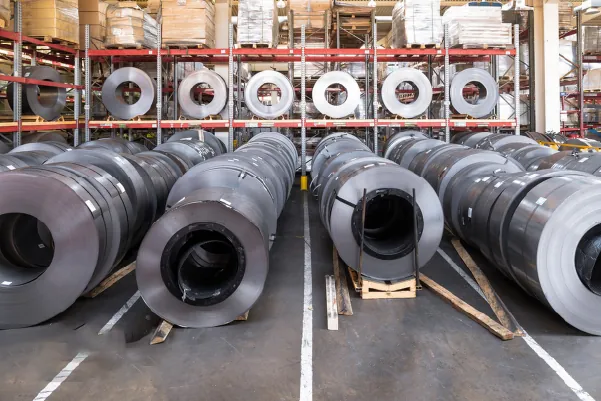
Understanding price volatility is key to strategic sourcing. It’s not random; it’s driven by a clear set of global economic forces. The most significant factor for 316 stainless steel is the price of its raw materials, set on global exchanges like the London Metal Exchange (LME)[^2]. Nickel and molybdenum are expensive, and their prices can swing wildly based on mining output, geopolitical events, and demand from other industries, like electric vehicle batteries. When nickel prices spike, the surcharge for 316 grade steel follows almost immediately. As a buyer, tracking these two commodities gives you a powerful leading indicator of where prices are headed.
Beyond the Raw Materials
But raw materials are only part of the story. The keyInsights we've gathered at MFY show that other, less obvious factors are gaining importance, especially after the disruptions of the past few years.
| Influencing Factor | Description | Impact on Final Price |
|---|---|---|
| Raw Materials | Price of Nickel (Ni) and Molybdenum (Mo) on the LME. | High |
| Energy Costs | Electricity and natural gas needed to melt and process steel. | Medium to High |
| Logistics | Ocean freight rates, container availability, and inland transport. | Medium |
| Currency Exchange | Fluctuation between the USD and the currency of the producing country (e.g., CNY). | Low to Medium |
Global supply chain efficiency is a huge variable. A shortage of shipping containers or a bottleneck at a major port can add significant costs and delays. Similarly, energy prices in the manufacturing country play a direct role. A steel mill is an energy-intensive operation, and rising electricity costs are passed directly on to the buyer. By understanding this full picture, you can have more strategic conversations with your supplier about timing your purchases and locking in pricing.
How Can Buyers Balance Quality and Cost When Sourcing 316 Stainless Steel Coil?
You're pressured to cut costs, but quality is non-negotiable. This dilemma can feel impossible. The solution is to shift your focus from price to total value.
Buyers can balance quality and cost by adopting a Total Cost of Ownership (TCO) model. This involves evaluating not just the purchase price but also potential costs from material failure, rework, and reputational damage, making a slightly higher initial investment a smarter long-term decision.
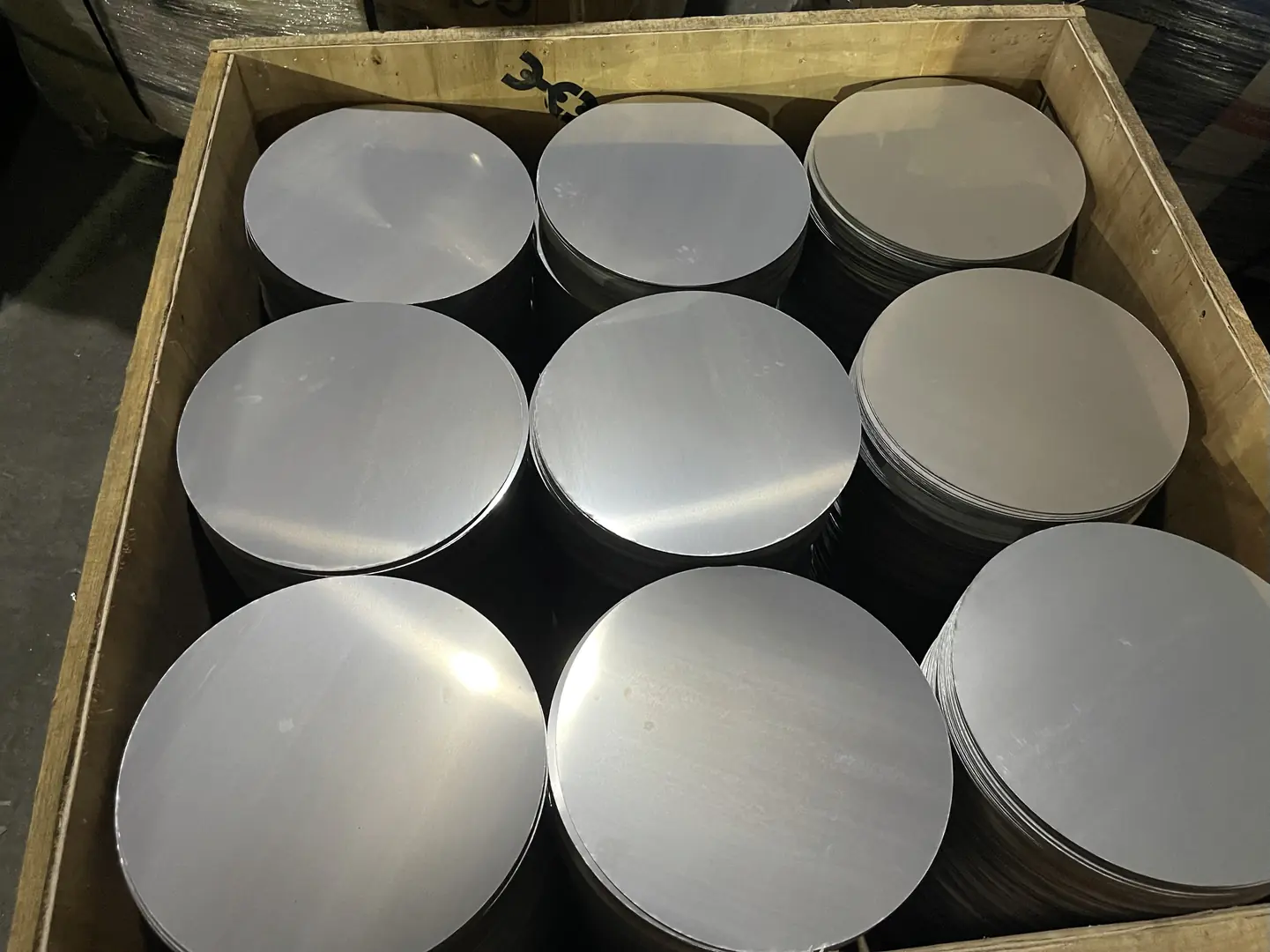
The most common mistake I see is focusing solely on the upfront price per ton. This is a short-sighted approach that often leads to greater expenses down the line. A truly strategic buyer thinks in terms of Total Cost of Ownership (TCO). TCO forces you to ask the right questions: What is the cost if this material fails inspection? What is the cost of production downtime due to poor formability? What is the cost to our brand's reputation if a product corrodes prematurely? When you factor in these potential risks, the slightly more expensive, fully certified coil from a reputable supplier suddenly looks like the most cost-effective option.
A Lesson from the Field
I remember a client in the marine fabrication sector who was building components for a new marina. They were under intense budget pressure and opted for a 316 coil from an unknown trader that was 15% cheaper than the certified material we proposed. The initial paperwork looked okay, but there was no verifiable MTC. Within a year of installation, components in the splash zone showed clear signs of pitting corrosion. The cost of the emergency repairs, the replacement material, and the damage to their relationship with the end client far exceeded the initial 15% they "saved." It was a tough, expensive lesson on why upfront quality verification isn't a luxury; it's a fundamental part of risk management. Adopting a holistic sourcing strategy that values reliability over a cheap invoice is what separates successful companies from those that are always fighting fires.
What Are the Recommendations for Making Cost-Effective Purchases Without Compromising Quality?
You need a reliable sourcing strategy. Without one, you're just guessing. I will give you a clear, actionable framework for smart, cost-effective procurement.
For cost-effective purchasing, we recommend establishing long-term partnerships with trusted suppliers like MFY. Also, conduct rigorous supplier audits, demand Mill Test Certificates (MTCs) for every batch, and provide clear, detailed technical specifications in your purchase orders to eliminate ambiguity.
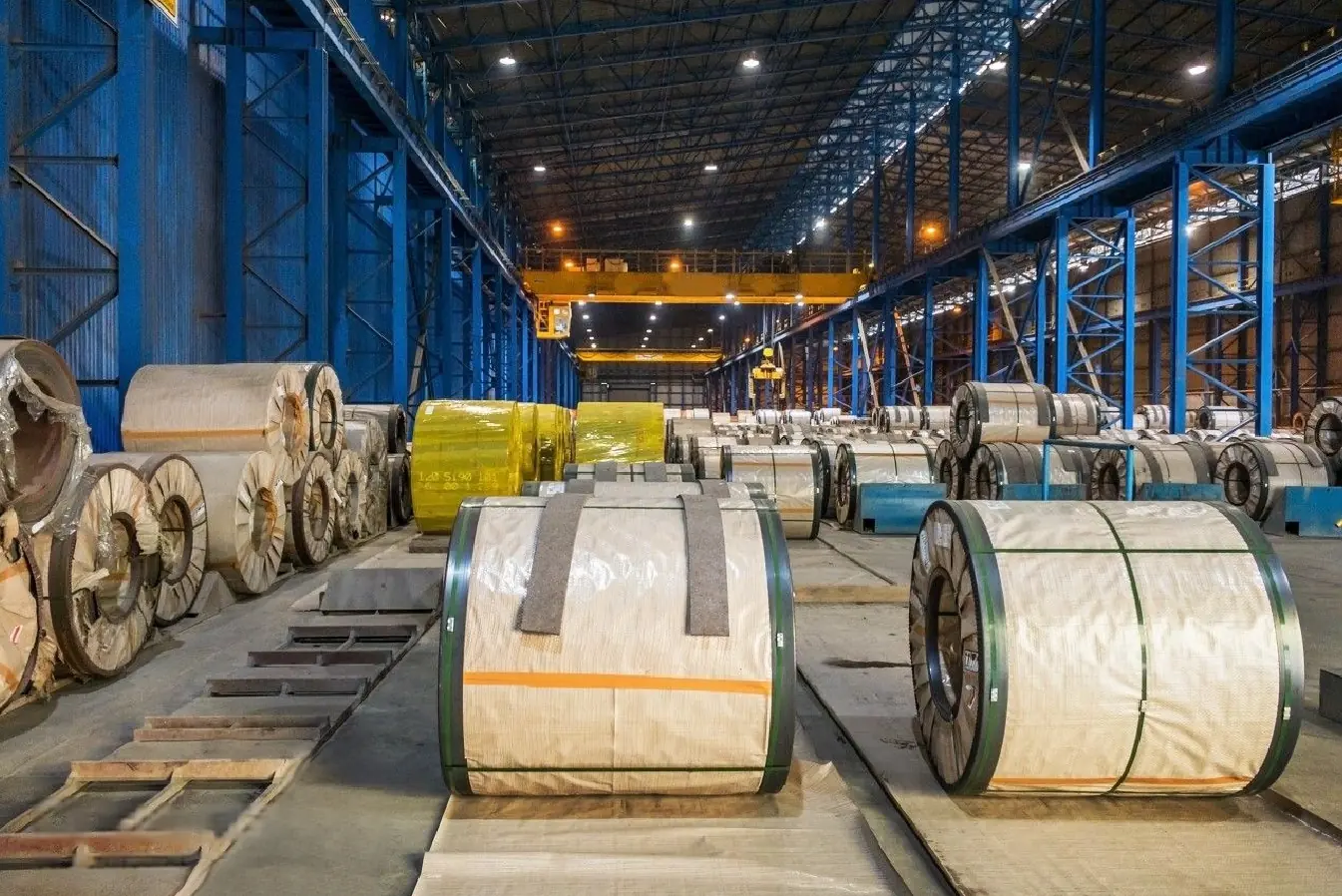
Making smart, cost-effective purchases is an active process, not a passive one. It requires diligence and a clear strategy. Chasing the lowest spot price on the market is a recipe for inconsistency and risk. Instead, a sustainable approach is built on a foundation of trust, transparency, and clarity. At MFY, we don't just sell steel; we build supply chain solutions with our partners. This philosophy is built on three core pillars that you can apply to your own procurement process.
Build Strategic Partnerships
Move away from transactional relationships. A long-term partner understands your business, your technical requirements, and your market pressures. They can provide market intelligence, help you time your purchases to avoid price peaks, and ensure a consistent supply of quality-vetted material. This partnership model mitigates the risks associated with quality variability and price instability, providing a competitive edge that a simple spot-buy never can.
Demand Full Transparency
Never accept material without a complete, verifiable Mill Test Certificate (MTC). This document is the material's birth certificate, detailing its exact chemical composition and mechanical properties. A trustworthy supplier will provide this proactively for every coil or batch. If a supplier is hesitant or provides vague documentation, consider it a major red flag. If possible, conduct your own supplier audits or work with a partner who does. Seeing the production facility and quality control processes firsthand builds immense confidence.
Be Specific in Your Orders
Ambiguity is the enemy of quality. Your purchase order should be incredibly detailed. Specify the exact grade (316/316L), the required standards (e.g., ASTM A240), dimensional tolerances, surface finish (e.g., 2B, BA, No.4), and any specific testing requirements. The more specific you are, the less room there is for a supplier to substitute a lower-quality or non-compliant product. This protects both you and the supplier by ensuring everyone is aligned on expectations from the very beginning.
Conclusion
Sourcing 316 stainless steel is more than a price comparison. A strategic approach focused on chemical integrity, supplier partnerships, and total cost of ownership protects your projects and your profits. True value lies in quality that endures, not just a low initial invoice.
Have Questions or Need More Information?
Get in touch with us for personalized assistance and expert advice.
